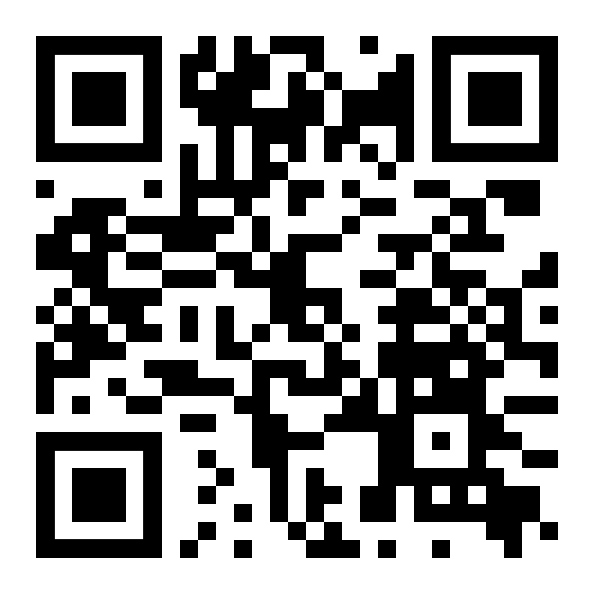Forex (FX) might look intimidating for those who have never tried currency trading before. Because of that, we have gathered the fundamental information on foreign exchange to help you learn to read forex pairs and get in terms with must-know concepts of currency trading.
If you are a beginner trader , this article will serve you as a reliable guide in reading currency pairs and understanding the relevant terms, such as spread, bid, and ask, etc.
What are Forex Quotes?
To know the price of a particular currency traders checks its quotation. An FX quote is basically an exchange rate or the price of one currency expressed in terms of another currency. Whether you buy or sell a currency you are buying one and selling another. Therefore, currencies on the forex market are always shown in pairs.
How do Forex Pairs Work?
Buying and selling always involves a pair of currencies – the one you are interested in selling/buying and the other one that reflects the price of the first one. To avoid confusion, the first currency is referred to as a base currency while the second one is called a quote currency. In the EUR/USD pair the euro is a base currency and the dollar is a quote currency.
How to Read FX Rates?
Suppose you believe the euro is going to increase in value relative to your currency (let’s say dollar). That makes you think about buying a certain amount of euro. To learn the price you need to pay, you check the price of a euro.
Here is an example of how to read currency rates. In this example, we are considering the EUR/USD pair. Suppose you want to buy the euro and the quote for this pair is 1.21233. This means that in order to buy 1 EUR (the base currency) you will have to pay 1.21233 USD (the quote currency).
Bid and Ask Price
A currency price is often shown with two different quotes, as the price usually differs whether you want to buy or sell. If you are planning on selling a currency it will be exchanged at a Bid price. On the contrary, there is an Ask price that shows the price you have to pay in order to buy. The bid price tends to be lower than the ask price.
Suppose the bid price for EUR/USD pair is 1.21224, while the ask price is 1.21225. In this case, selling one euro will bring you $1.21224, while buying one euro will cost you 1.21225.
Spread
The difference between Bid and Ask prices at a particular point in time is called a spread. Spreads can be measured both in pips and points. For instance, In the pair EUR/USD, the bid price is 1.21254 and the ask price is 1.21255. Count the spread by subtracting Bid from Ask: 1.21255 - 1.21254 = 1. As you can see the current spread of the pair is 1 point.
For instance, In the pair EUR/USD, the bid price is 1.21244 and the ask price is 1.21254. Count the spread by subtracting Bid from Ask: 1.21254 - 1.21244 = 10. As you can see the current spread of the pair is 10 points or 1 pip.
Why are the Bid and the Ask Prices Different?
Spread covers the broker’s commission and related trading fees. Spread is usually larger for emerging market pairs and smaller for widely traded currency pairs (majors) due to their huge trading volume. A higher spread can be caused by high volatility in the market, important events, or low liquidity. On the contrary, a small difference between the bid and the ask price is observed in times of low volatility and high liquidity and creates more profitable terms for traders.
Major and Minor Currency Pairs
There are currency pairs that are particularly popular among traders, making around 90% of all forex transactions. They are called major currency pairs. Six out of eight most popular pairs have the US dollar included. The other two deal with the Japanese yen as a quote currency:
- EUR/USD – Euro/American dollar;
- GBP/USD – British pound/American dollar;
- USD/CHF – American dollar/Swiss franc;
- USD/JPY – American dollar/Japanese yen;
- AUD/USD – Australian dollar/American dollar;
- USD/CAD – American dollar/Canadian dollar;
- EUR/JPY – Euro/Japanese yen;
- GBP/JPY – British pound/Japanese yen.
Less traded pairs are referred to as minor currency pairs. There are 44 pairs that we consider to be minor pairs. Some of them are:
- GBP/CAD – British pound/Canadian dollar;
- CHF/JPY – Swiss franc/Japanese yen;
- NZD/JPY – New Zealand dollar/Japanese yen;
- EUR/AUD – Euro/Australian dollar;
- EUR/GBP – Euro/British pound;
- NZD/USD – New Zealand dollar/American dollar.
As you’ve probably noticed, these pairs mainly consist of the euro, the yen, or the British pound.
The last group of pairs is called exotic currency pairs. It comprises mostly of the currencies of the emerging and developing economies.
Direct vs Indirect FX Quotes
Based on whether a pair includes the currency of your account, the forex quotation is referred to as direct or indirect. In other words, if the cost of one unit of foreign currency is expressed in units of your account currency, it is a direct quotation. On the other hand, if the transaction doesn’t include your account currency, it is indirect. For example, trading EUR/JPY using a dollar account involves indirect quotations while trading the EUR/USD from the same account means having direct quotations, as there is the UDS in it.
Key Points
- traders purchase currency at the ask price and sell it at the bid price;
- a currency pair consists of a base and a quote currency;
- a currency quote is an exchange rate for a base currency in terms of a quote currency;
- a base currency is placed first and a quote currency comes second in a currency pair;
- spread is a difference between ask and bid prices;
- spreads are typically smaller for major currency pairs and larger for minor pairs;
- direct quotes are the ones that involve a trader’s local currency while indirect quotes are the ones that only include foreign currencies.
Conclusion
Forex trading is about predicting future currency prices and trading currencies at their exchange rates based on that prediction. Understanding currency pairs and being able to read foreign exchange rates are crucial for those who are thinking of starting trading on the forex market. Having currency pairs explained you will find no difficulty in understanding rates and even placing your first order. For your successful trading experience, Justforex.com provides fundamental learning materials as well as the most recent daily forecasts and currency market overview.
FAQ
Which currency pair did the best?
The best currency pairs for intraday trades are the ones that fluctuate the most. The most volatile pairs are EUR/USD, GBP/USD, USD/JPY, USD/CAD, etc.
What are the major currency pairs
Major currency pairs are the most commonly traded pairs: EUR/USD, GBP/USD, USD/JPY, USD/CHF, AUD/USD, GBP/JPY, EUR/JPY, and USD/CAD.
How do you define forex pairs?
Forex currency pairs are trading instruments of the forex market. They are shown as two currencies (base and quoted currency) where the value of one currency is quoted against the other.
What is the easiest forex pair to trade?
We recommend you start with one of the following currency pairs: EUR/USD, GBP/USD, USD/JPY, USD/CAD. They are characterized by high volatility. Furthermore, you can find daily forecasts with recommendations on trading each of these pairs on JustMarkets.
Which currency pair is most profitable in Forex
It depends on the strategy you choose. EUR/USD, GBP/USD, USD/JPY, and USD/CAD are commonly traded intraday. AUD/JPY and NZD/JPY are considered good for Carry trading.
safest currency in the world
There is a list of currencies considered to be less exposed to economic turbulence than the others. These currencies are known as safe-haven currencies, and they include the US dollar (USD), the Japanese yen (JPY), and the Swiss franc (CHF).




